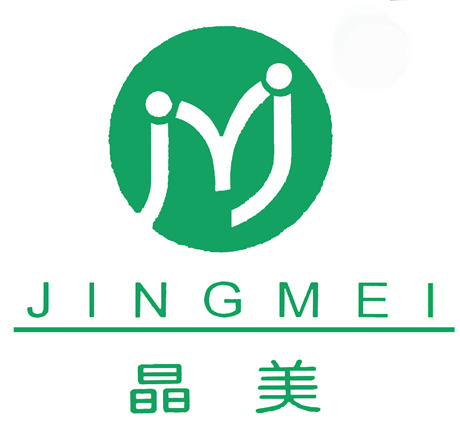NEWS
All You Need to Know About Tempered Glass in the Building and Decorative Materials Industry
Published:
2023-08-23 10:20
Author:
Introduction:
Tempered glass is a fundamental component in the construction and decorative materials industry, particularly in the deep processing of architectural glass. This article aims to provide a comprehensive understanding of tempered glass, discussing its properties, uses, and advantages. Whether you're an architect, interior designer, or simply interested in the world of construction, this article will equip you with valuable knowledge about this essential material.
1. What is Tempered Glass?
Tempered glass, also known as toughened glass, is a type of safety glass produced by subjecting ordinary glass to a process of controlled thermal and chemical treatments. This process enhances its strength and resilience compared to regular glass, making it resistant to impact and thermal stress.
2. Applications of Tempered Glass:
Tempered glass finds wide-ranging applications in both residential and commercial settings. It is used in windows, doors, shower enclosures, skylights, glass partitions, and even mobile phone screens. Due to its safety properties, tempered glass is preferred in areas where there is a higher risk of breakage or human impact.
3. Advantages of Tempered Glass:
Tempered glass offers several advantages over regular glass. Firstly, it is significantly stronger and more durable, making it less prone to breakage. When it does break, it shatters into small, granular pieces, reducing the likelihood of injuries from sharp shards. Additionally, the thermal resistance of tempered glass allows it to withstand high temperature differentials, making it suitable for applications where exposure to heat is expected.
4. Tempered Glass and Building Codes:
Many building codes and regulations require the use of tempered glass in specific areas for safety purposes. For example, glazed doors, large windows, and glass panels near staircases are often required to be made of tempered glass. It is crucial for professionals in the industry to stay updated with local codes to ensure compliance and safety in their projects.
5. Maintenance and Care:
While tempered glass is more robust than regular glass, it still requires proper maintenance. Routine cleaning using non-abrasive materials is recommended to preserve its clarity and appearance. Avoiding the use of harsh chemicals or abrasive cleaners is essential to prevent damage to the glass surface.
In conclusion, tempered glass plays a vital role in the building and decorative materials industry. Its exceptional strength, safety features, and versatility make it a popular choice for various applications. Understanding the properties and benefits of tempered glass empowers professionals in the field to make informed decisions and create safe, visually appealing spaces.
Tempered glass is a fundamental component in the construction and decorative materials industry, particularly in the deep processing of architectural glass. This article aims to provide a comprehensive understanding of tempered glass, discussing its properties, uses, and advantages. Whether you're an architect, interior designer, or simply interested in the world of construction, this article will equip you with valuable knowledge about this essential material.
1. What is Tempered Glass?
Tempered glass, also known as toughened glass, is a type of safety glass produced by subjecting ordinary glass to a process of controlled thermal and chemical treatments. This process enhances its strength and resilience compared to regular glass, making it resistant to impact and thermal stress.
2. Applications of Tempered Glass:
Tempered glass finds wide-ranging applications in both residential and commercial settings. It is used in windows, doors, shower enclosures, skylights, glass partitions, and even mobile phone screens. Due to its safety properties, tempered glass is preferred in areas where there is a higher risk of breakage or human impact.
3. Advantages of Tempered Glass:
Tempered glass offers several advantages over regular glass. Firstly, it is significantly stronger and more durable, making it less prone to breakage. When it does break, it shatters into small, granular pieces, reducing the likelihood of injuries from sharp shards. Additionally, the thermal resistance of tempered glass allows it to withstand high temperature differentials, making it suitable for applications where exposure to heat is expected.
4. Tempered Glass and Building Codes:
Many building codes and regulations require the use of tempered glass in specific areas for safety purposes. For example, glazed doors, large windows, and glass panels near staircases are often required to be made of tempered glass. It is crucial for professionals in the industry to stay updated with local codes to ensure compliance and safety in their projects.
5. Maintenance and Care:
While tempered glass is more robust than regular glass, it still requires proper maintenance. Routine cleaning using non-abrasive materials is recommended to preserve its clarity and appearance. Avoiding the use of harsh chemicals or abrasive cleaners is essential to prevent damage to the glass surface.
In conclusion, tempered glass plays a vital role in the building and decorative materials industry. Its exceptional strength, safety features, and versatility make it a popular choice for various applications. Understanding the properties and benefits of tempered glass empowers professionals in the field to make informed decisions and create safe, visually appealing spaces.
Keywords:
tempered glass
Related News














